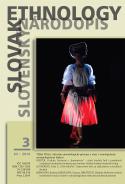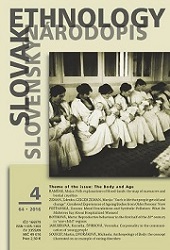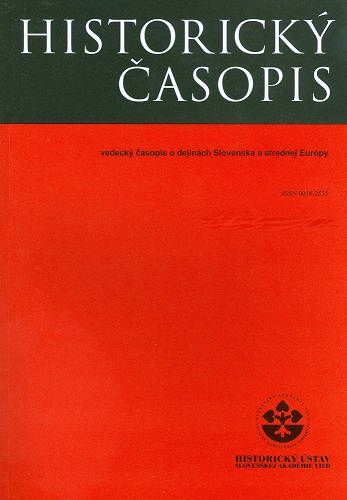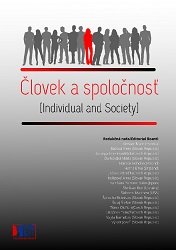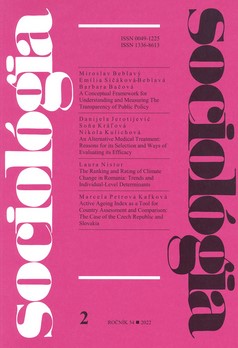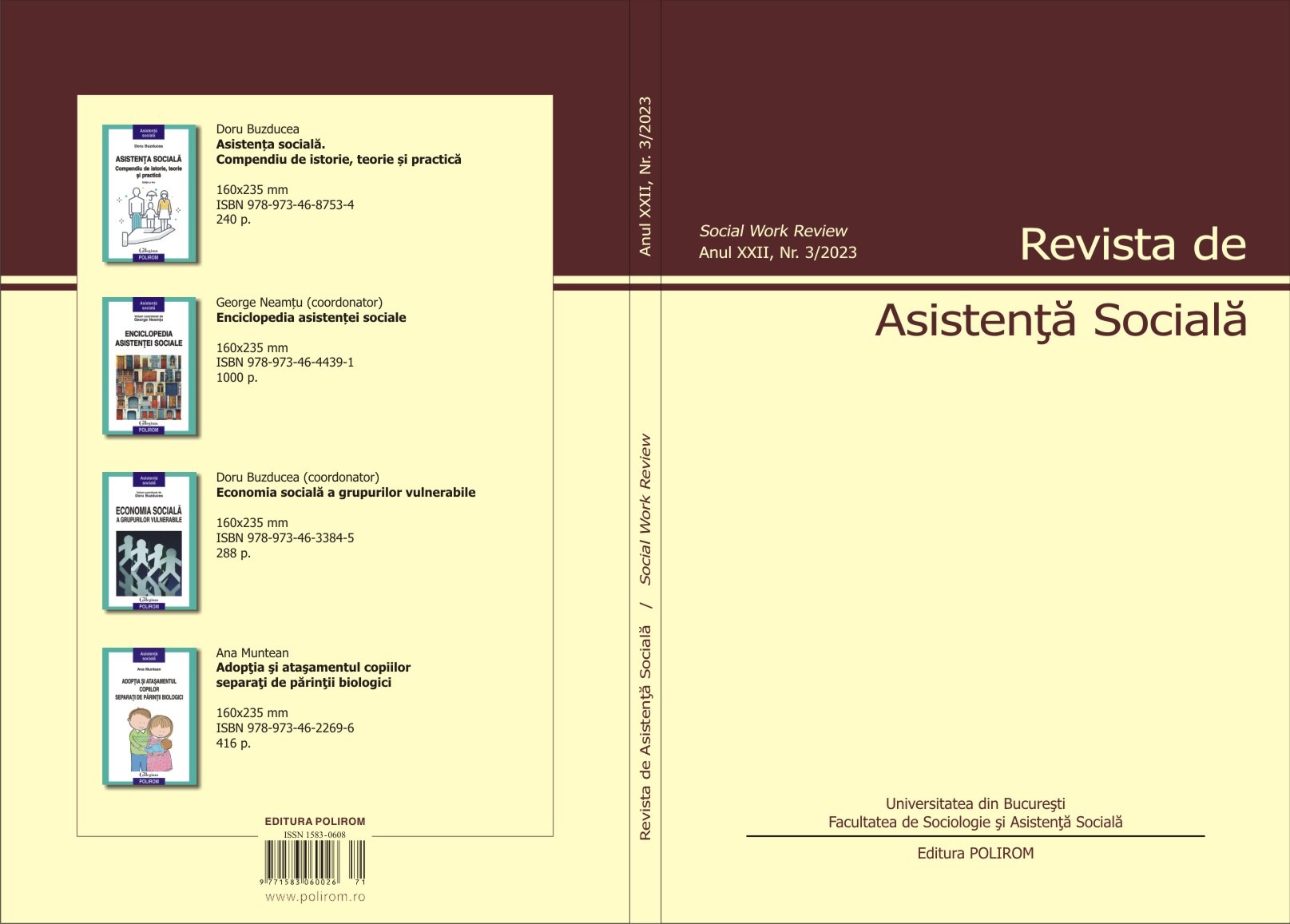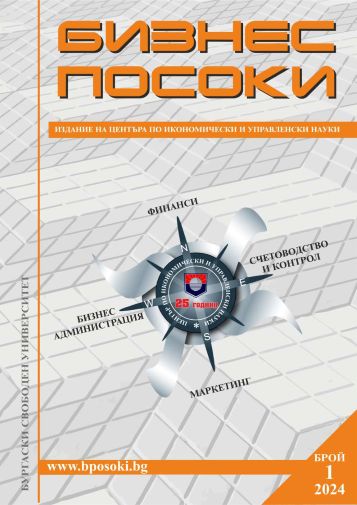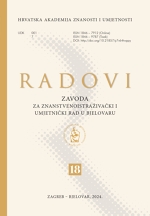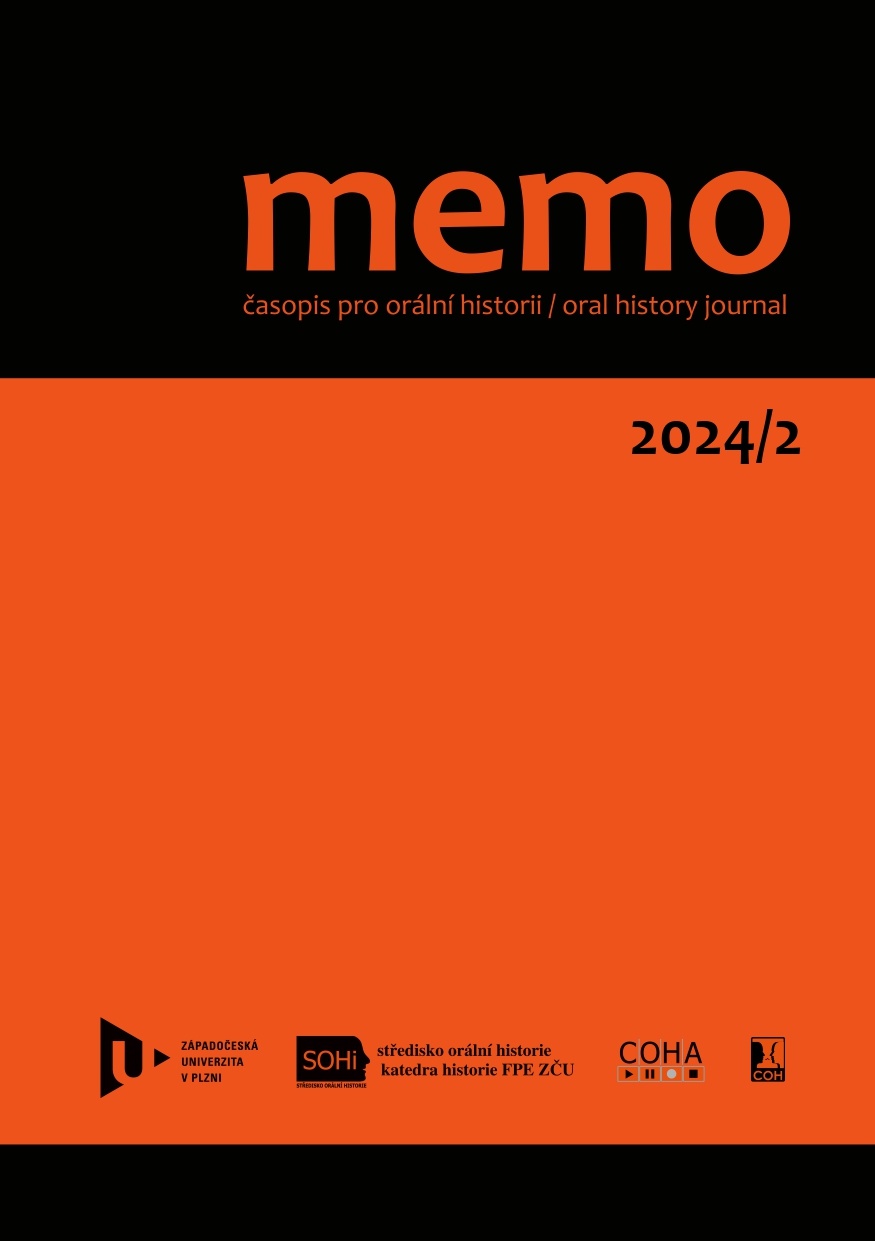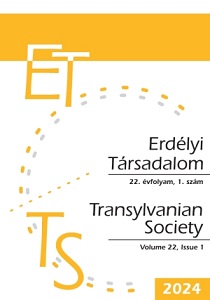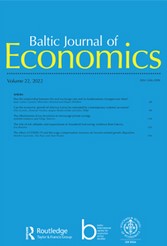Author(s): Zlatica Sáposová,Marianna Bobková / Language(s): English
Issue: 4/2016
Based on the decision of the then Czechoslovak government, on 1 April 1959 the memorandum establishing the national company Východoslovenské železiarne – East Slovakian Ironworks – was signed. On 4 January 1960, the construction of the metallurgical plant on a surface area 750+ ha started in the administrative area of the villages Šaca, Veľká Ida, Sokoľany, Haniska and Bočiar. The East Slovakian Ironworks offered employment possibilities to thousands of educated professionals and uneducated workers. The city became a centre of heavy industry and - due to the open positions - also a target of internal migration. Due to population movements (natural increase/decrease and migration), the headcount of the city saw a dynamic growth for thirty years (1960 to 1990). This led also to a change in the population structure. The East Slovakian Ironworks changed the image and the character of Košice. This study aims to research the relationship of the demographic and economic phenomena in Košice during the construction of the East Slovakian Ironworks and in the following period, during the era of socialism. This paper, researching the connection of population and economics, is separated into two parts. The first part of the study deals with the impact of the economy on migration, while the other deals with the population structure. This first part of the study focuses on migration of the population of the city during the erection and operation of the East Slovakian Ironworks from 1960 to 1989. In addition to migration, this introductory part of the study presents also the main characteristics of socialist industrialisation, as well as the basic information concerning the reasons of constructing the plant in Košice. As a necessity, studies dealing with the period of socialism must deal with the bureaucratic propaganda, which was one of the basic elements of power of the Communist Party; therefore the present study shows the main line of propaganda surrounding the erection of the East Slovakian Ironworks. In addition to the above, the present study presents also a number of research issues concerning the historic demography of the city of Košice in the period of socialism, requiring deeper analysis. Unfortunately, the historical demographic developments of the population of the city, occurring during the second half of the 20th century (similarly to the other eras) have not been sufficiently processed yet. The existing scientific publications mostly deal only with Slovakia as a whole, or, eventually, with other regions (Tišliar P.; Šprocha B.; Bleha B., Vaňo B.; Matlovič R., Mládek J.) while focusing on a part of the problem, such as a specific decade, a census, a selected element of the population structure, or some economic or political factors influencing population demography. Serious works concerning the population of the city have been published; however, from a geographer's point of view. Nevertheless, an interdisciplinary approach to the specified problem (combining sociology, historical demography, economics and geography) could reveal deeper associations (correlations) of the respective social and economic processes of the period. After the World War II, Slovakia was one of the undeveloped agricultural regions with high hidden unemployment and lack of jobs in the industry and in the other sectors of the economy (By the end of 1937, 105 thousand people worked in the industry in Slovakia, while this number was 1.4 million in the Czech regions. During the highest war conjuncture, in 1943, 160,000 people worked in the industry in Slovakia, while in Czechia the same index passed the 1 million mark before the World War I.). In accordance with the revision of Marxism performed by Lenin, in addition to the development of the socialist production relationships and the qualitative conversion of the people's social thinking, a material and technical base of socialism had to be created. The main methods of this were socialist industrialisation, urbanisation, transformation of villages into cooperatives and the establishment of socialist agricultural mass production. Industrialisation, as performed in Slovakia, rooted in the Soviet model, thus socialist development focused primarily on heavy industry (such as metallurgy, production of arms, machinery). The focus on heavy industry issued from the economic position of Czechoslovakia within the Soviet bloc, as well as the Czechoslovak - Soviet border. The development of heavy industry was supported also by the Slovak politicians and national economy experts, who requested the establishment of multiple works of this kind, claiming that these would provide opportunities for work and a base for the processing industry.
More...
